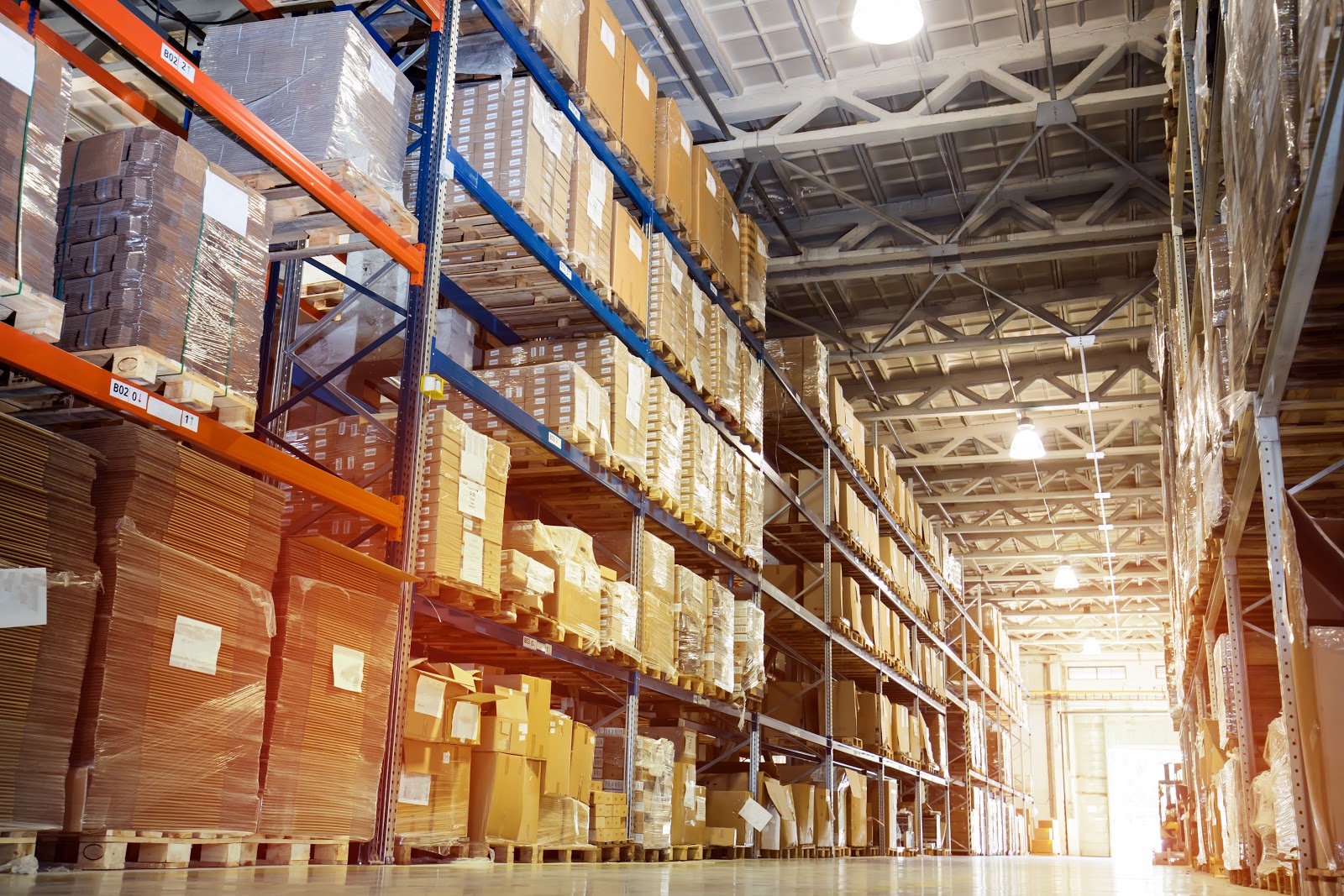Higher Demand for Warehouses and Distribution Centres
An increase in online purchasing is leading to a need for more industrial and logistics related real estate.
The growth in online retail had already begun before the upheaval to regular shopping practices due to the Covid-19 pandemic. According to a 2020 eCommerce Industry Report by Australia Post, 5.2 million Australians shopped online in April 2019 alone. It’s also worth mentioning that Australians spent around $34.27 billion on retail sales online in the year up to April 2020.
Key points
- Australians spent around $34.27 billion on retail sales online in the year up to April 2020.
- Grocery shopping in Australia is set to increase from 3% in 2019 to 10% by 2024
- Amazon is developing one of the largest distribution centres in Australia.
Need a Quote?
Testimonial VCT Refrigerated Transport
New business ideas in Horticulture
Of course, as it has across the world, the pandemic has further accelerated the growth in online retail. This has led to an increased demand for warehouses and distribution centres. Some businesses have come up with creative solutions, like using their temporarily closed retail premises for distribution and storage purposes.
RECOMMENDED ARTICLE
However, there is likely to be an ongoing need for more warehousing and distribution solutions even after the current situation is resolved. This is because shopping online is becoming the new normal. It’s interesting to look at why this is the case and what actions retailers are taking as a result.
Rise of online retail set to continue
In May 2019, Forbes reported on the distribution demands that an increase in online retail was bringing. So, the need for more warehouse and distribution centre space was already an important consideration before the pandemic began.
Now, the financial services experts UBS predict that the penetration of online grocery shopping in Australia is set to increase from 3% in 2019 to 10% by 2024. The figures for non-grocery online retail are set to increase from 9% to 17%. This growth will lead to continuing demand in distribution-related floorspace.
Why the increased demand for warehouses and distribution centres?
Online retail takes up more space than its bricks-and-mortar counterpart. This is the main reason why a move towards more online retail sales means an increased demand for warehouse space and distribution centres. This happens because all products need to be stored in warehouses as opposed to some being kept on shelves in-store.
The advantages of this are that companies can hold more depth of stock and have an improved product range. However, these advantages come with a need to find more real estate space. They also call for companies to develop systems that provide a high standard of efficiency.

What this means for the future of retail distribution
Amazon is one company that we all immediately think of when online retail is mentioned. This giant of the digital retail world is always looking to develop and improve its distribution infrastructure. With this in mind, Amazon is developing one of the largest distribution centres in Australia. The $500 million Sydney-based centre will be staffed by robots.
As the trend towards online shopping continues, other retail companies are likely to follow in Amazon’s footsteps. They will invest in constructing commercial real estate for distribution purposes in major cities like Sydney. This will help with the recovery of the construction industry which has been adversely affected by coronavirus restrictions.
One major company that is joining Amazon in developing the Sydney landscape is Woolworths. The well-known Australian brand is developing one fully-automated and one semi-automated distribution centre in the Australian capital. The centres are designed to make operations more efficient, replacing three current centres. They are due to open in 2024.
It’s clear that the growth of online retail was already happening prior to 2020. However, there is no doubt that the Covid-19 pandemic has increased the pace of this transformation to the way people shop. People continue to be restricted by government rules and advice about social distancing. So, they are having to buy items online on a more regular basis.
It’s likely that these habits will continue as the pandemic subsides, so online retail will become more prevalent than ever. This means that the demand for warehousing and distribution space will be long-term rather than short-term.
RECOMMENDED ARTICLES
The Most Innovative Factories Making Their Mark on the World – Entegra Signature Structures
How Robotics and Automation will Change Australian Businesses – Entegra Signature Structures
Australia’s biggest clear span shed – Entegra Signature Structures
https://blog.dematic.com/en-au/Retail-Supply-Chain-Resilience-in-Times-of-Uncertainty—Part-One/
2 - 2Shares

